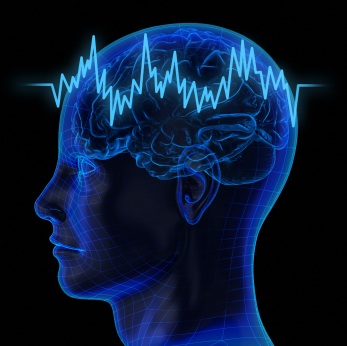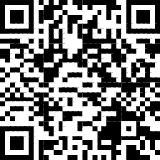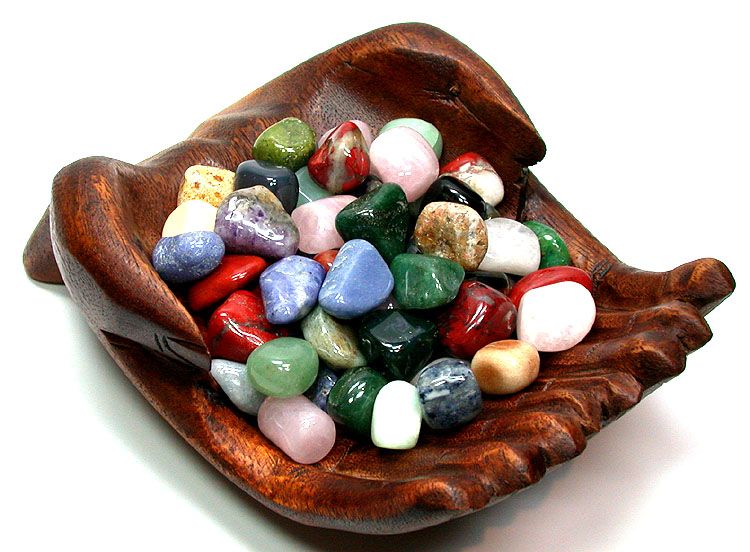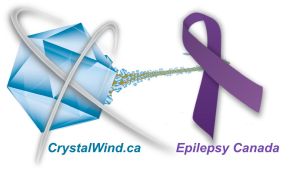3 Paths of Intuition
- Details
- Written by AndEl

David R. Hamilton PhD
I think I’ve been really quite intuitive lately – from making the right choices to even guessing (to the second) when the oven timer was going to beep – so I decided to share what I knew about intuition, how it works, even why we have it.
There seems to be different types of intuition, or at least 3 different mechanisms regarding how it works. Here’s the 3 that I’m aware of:
1) Spotting Visual and Auditory Cues
On a really obvious level, most people would agree that we tend to be more intuitive when we are in a good mood. Psychology professor, Barbara Fredrickson’s ‘Broaden and Build’ theory suggests that positive emotion increases creativity and that it also makes us more alert to opportunities that present themselves.
In this creative, alert state we pick up more of the visual cues around us. If you have a goal, and you are creatively alert in this way, you are more likely to spot signs and pick up snippets of conversations that can help you in the pursuit of your goal.
2) Mirror Neurons
The second route of intuition is present when we are in someone’s company. The human brain is highly adept at reading emotions. It’s also highly adept at telling when someone isn’t being truthful. This is facilitated by an interconnected network of cells in the brain known as mirror neurons.
When a person shows emotion it is written all over their face, as they say. Happiness can be recognised as smiling, anger or sadness with a frown. These displays of emotion move particular muscles. Happiness flexes the zygomaticus major muscle (it pulls your lips into a smile) and the orbicularis oculi muscle (at the sides of the eyes), while anger flexes the corrugator supercilli (between your eyebrows). This is where mirror neurons come in.
The MNS (mirror neuron system) mirrors the muscle movements we see in others. Being with a happy person is a sure fire way to get stimulation of your happy muscles. So how does this relate to intuition? Well, if a person is pretending they are happy but actually they’re sad inside, your mirror neuron system will mirror not only their (pretend) smiles but also the subtle facial muscle movements that reflect how they really feel.
When a person says an untruth, flashes of emotion appear on their face but they might only last for a few milliseconds, too fast for the human eye to detect. But not too fast for your MNS though! It mirrors the expression and feeds back into the emotional circuits in your brain, causing you to gain a subtle (intuitive) feeling of how they are feeling. When you sense someone is sad, even though they are acting happy, you might be getting an accurate picture of how they really feel.
Some people are very sensitive in this way and others are less so, which isn’t surprising as we all have innate differences in skills.
Lie detector tests work on the same premise. When a person says an untruth their nervous system shows subtle levels of stress. This can be detected using devices that measure skin conductance, which changes with micro amounts of sweating.
3) Entangled Minds
The third route of intuition is the one that might invite a little scepticism from people but I’d suggest that it is a very real mechanism, perhaps predominantly masked by the other two.
A body of scientific evidence suggests that we are connected through some levels of our minds. One of my favourite pieces was where researchers at Bastyr University in Seattle worked with ‘emotionally bonded couples’ – couples who shared a strong emotional bond.
One was placed inside an MRI scanner while the other was in a separate room. When the one in the room was startled with a visual stimulus, the MRI picked up a ‘flash’ in the visual cortex of the partner in the scanner. Similar experiments with EEG have suggested that the ‘interconnectedness’ is stronger between people who share a strong emotional bond, which correlates with a lot of people’s personal experience. Many people feel connected to loved ones no matter how far apart they are, and would agree that they get a sense when something in wrong.
This kind of thing is even apparent with some animals. In his compelling book, ‘Dogs that Know When Their Owners Are Coming Home’, Rupert Sheldrake describes experiments where he had sent a text to a dog owner and asked her or him to now make a decision to leave the office and head home. At the instant they made their decision, a video camera set up in the home showed their dog becoming excited and moving to the window.
This kind of evidence suggests that there is some form of communication that takes place from mind-to-mind. As well as emotional connection being a factor, it’s likely that the effect is more pronounced under some conditions than others and also that some people are naturally more ‘in tune’, so to speak, than others.
Intuition, regardless of what path, is likely wired in us. It would have undoubtedly served an evolutionary advantage to our ancestors if they had a hunch that danger was near. Acting on that hunch would save their lives and thus increase the likelihood that they would pass their genes onto the next generation. In this way, nature would ‘select’ genes that are linked with intuition.
So maybe the lesson in this is that it might be a good idea to trust our hunches, but maybe only if we’re in a good mood. And of course, we also need to be a little discerning. I guess it’s all about balance.
References
For research on how positive emotion makes us more creative, see Barbara Fredrickson, ‘Positivity’ (Crown Archetype, 2009)
For mirror neuron research and a discussion of how emotions are contagious, see David R Hamilton PhD, ‘The Contagious Power of Thinking’ (Hay House, 2011)
For research into interconnectedness of consciousness, see Dean Radin, ‘Entangled Minds’ (Paraview Pocket Books, 2006)
Rupert Sheldrake, ‘Dogs that Know When Their Owners are Coming Home’ (Arrow, 2000)
While writing his first book, David taught chemistry and ecology at James Watt College of Further and Higher Education and tutored chemistry at Glasgow University.
Now a bestselling author of 6 books published by Hay House, he offers talks and workshops that fuse science, the mind, and spiritual wisdom. David writes a regular blog for the Huffington Post.
Source Here
Liked this article? Dive deeper into personal growth and wellness! Check out CrystalWind.ca for spiritual wisdom or explore AromaWorx.ca for natural well-being tips. Spread the positivity—share this with friends on their happiness journey!
Let’s Chat! Drop Your Thoughts Below! ![]()
Latest Articles

Imagine a world of inspiration and healing, free for all—made possible by YOU!
Donate Now—Ignite the Magic at CrystalWind.ca!

Epilepsy - Finding A Cure
Your donation can make a difference!
Help us find a cure – donate now!
Unlock Your Light: Join Lightworkers Worldwide on CrystalWind.ca!
Follow Us!
Who is Online Now
We have 34964 guests and no members online
Featured This Month
Cartomancy - Fortune Telling Using Playing C…
Cartomancy is the act of divining using cards. Divining means to find out by... Read more
The Crystal Wind Oracle Card Deck
The Crystal Wind Oracle™ The Crystal Wind Oracle Myth & Magic Card D... Read more
Taurus Mythology
The Taurus Myth The story of Taurus is most vividly tied to the tale of Zeu... Read more
Litha Sabbat - The Summer Solstice
Gardens are blooming, and summer is in full swing. Fire up the barbeque, turn ... Read more
Litha - The Midsummer Solstice
The Litha festival is one of the lesser Sabbats of the Witches annual calend... Read more
Litha (Midsummer)
The season of Midsummer (also called "Litha") begins on or about June 21st i... Read more
Sun in Taurus
Sun in Taurus April 21 through May 21 An Overview of Sun Sign Characteristi... Read more
Frogs Return Moon
Beaver – Chrysocolla - Blue Camas – Blue April 20 – May 20 The Frogs Retur... Read more
The Seven Chakras and their Meanings
If you could imagine chakras as circles of energy, flowing all the way throu... Read more
































































































































































